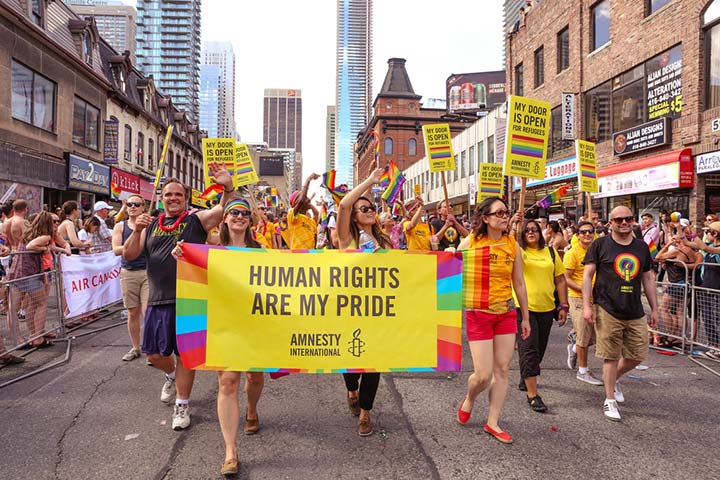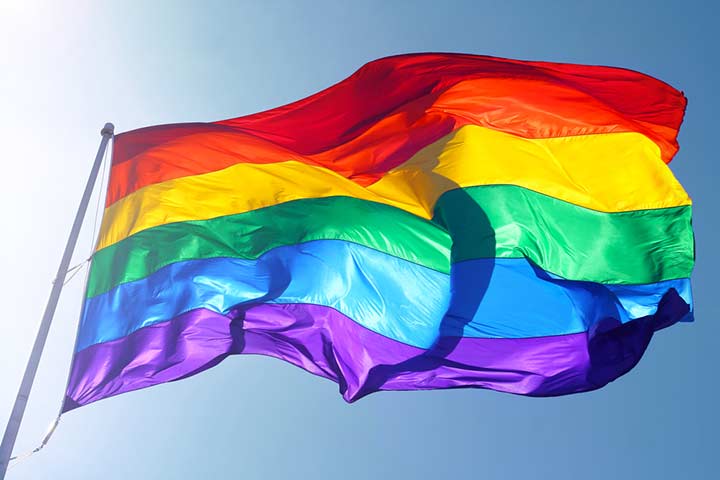
Today, we’re celebrating the fact that the Supreme Court has finally scrapped Section 377 of the Indian Penal Code. For years the LGBTQIA+ community has fought for their rights and justice is finally been served. For so long this community was looked at in a different light, treated differently and was told that they suffered from “mental disorders”. These myths and misconceptions have hopefully come to an end with this verdict! On that note, here are a few interesting facts about this section you probably didn’t know.
1. What It Reads Exactly
Everyone talks about Section 377 of the Indian Penal Code but just to clarify, here’s exactly what it reads: “Whoever voluntarily has carnal intercourse against the order of nature with any man, woman or animal, shall be punished with imprisonment for life, or with imprisonment of either description for a term which may extend to ten years, and shall also be liable to fine.”

2. Tracing It Back
Section 377 has been traced down from The Buggery Act of 1533 that was drafted in India in the reign of King Henry VIII. According to this act, “Buggery” was defined as unnatural sexual acts done “against the laws of nature”.
3. How It Originated
This section was inspired by The Personal Act, 1861 where unnatural sexual acts were considered for prosecution like rapists. Homosexuals were a part of this too.

4. Irony!
Same-sex marriage has been legalised by the British government. However, only today, Section 377 has been scrapped in India after so many years of the LGBTQIA+ community fighting for their rights.
5. The Naz Foundation‘s Role In Section 377
6th February 2016 was the final hearing of Naz Foundation’s curative petition at the Delhi High Court. The bench, consisting of Justices Ajit Prakash Shah and Justice S. Muralidhar read down Section 377 holding that it violated Articles 14, 15 and 21 of the constitution. In their appeal to the Supreme Court, the petitioners based their argument on the fact that the section does not specify any gender or group of people hence it does not violate Articles 14, 15 or 21. The Supreme court then concluded that the decision was to be made by the Parliament.
We’re really thrilled after hearing this decision and we hope to see many such changes in our country soon. Till then, here’s to the LGBTQIA+ community! It’s time to celebrate!

